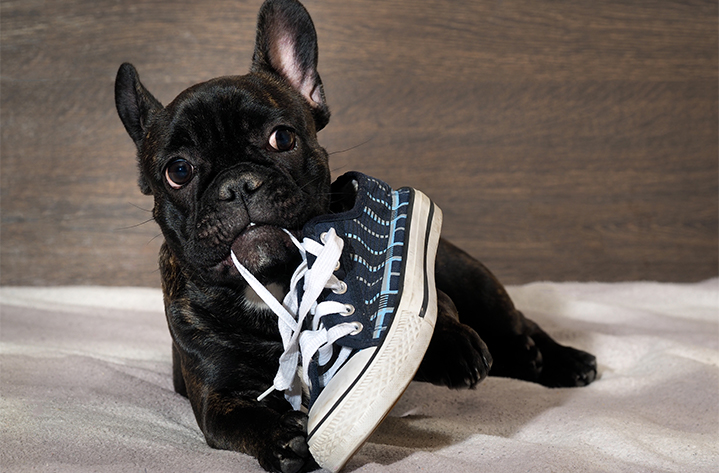
Crate training appeals to your pup’s natural instinct to seek shelter in a den-like environment. Crate training also helps to minimize damage to your home when you aren’t there. So how do you choose the right crate for your dog? Here’s our guide to choosing a crate.
Size:
You’ll want to consider your dog’s size when choosing a crate.
Extra small dogs – 18-22 inch crate: Best for breeds like Yorkshire, Terriers, Malesa, Papillons, and other toy breeds
Small dogs – 24-inch crate: Best for small dogs like Pugs, Shih Tzus, Miniature Dachshunds, and other small or miniature breeds
Medium Dogs – 30-inch crate: Best for medium-sized dogs like French Bulldogs, Dachshunds, Scottish Terriers, and other medium breeds
Intermediate – 36-inch crate: Best for intermediate dogs like bulldogs, bull terriers, beagles, cattle dogs, and other intermediate breeds
Large – 42-inch crate: For large dogs like boxers, border collies, Dalmatians, poodles, retrievers, and other larger breeds.
Extra Large – 48 Inch crate: For extra-large breeds like Akitas, Rottweiler, Huskies, Collies, Malamutes, and other extra-large breeds.
Type:
Wire – the traditional wire crate is the common choice for dog owners. Most are fully collapsible and come with a removable pan for easy transport and cleaning.
Plastic – These are a great option for frequent travelers and most airlines accept hard plastic crates.
Soft crates – Best for small breeds as these can be treated as a carry on travel item.
Do’s and Don’ts of using a crate:
- Do place the crate in a warm and inviting place
- Do place treats and toys in the crate
- Don’t use a crate as punishment for bad behavior
- Don’t leave your puppy in the crate for more than 3 hours










